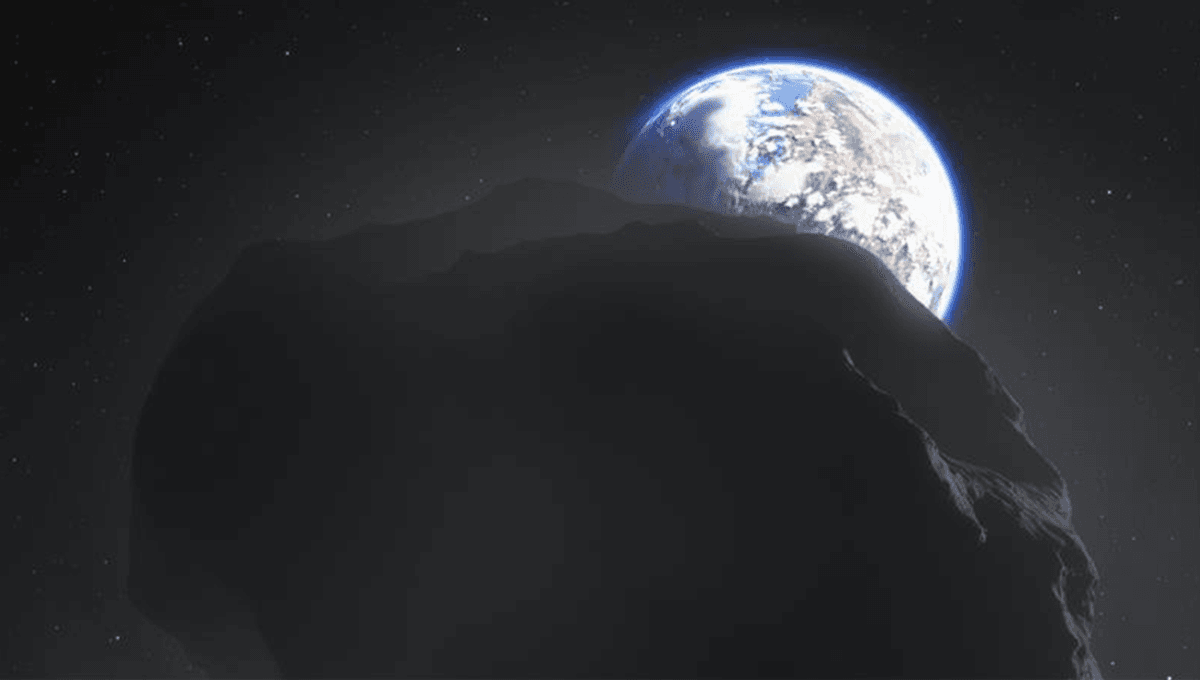
In 1978, geophysicist Glen Penfield noticed a series of unusual features while poring over a magnetic survey map of the Gulf of Mexico, while working for Mexican oil company Pemex. To him, a particular semi-circle arc he saw on the map was suggestive of an impact crater.
He was not aware of it, but another employee of the company had spotted similarly suggestive evidence of an impact event while looking at gravity maps of the area.
Though you may think of gravity on Earth as uniform, it isn’t. This is because the mass of the planet is not evenly distributed like a solid rubber ball. Instead, we have mountains and trenches, and a whole lot of other objects and mysterious structures way below our feet, and bulge out at the equator, causing a varied gravity across the surface.
We know that gravity differs across the planet. However, there are areas where gravity differs from what we would expect to find in that area, which is known as a gravity anomaly. The one seen in the Gulf of Mexico was a reasonably big one, which it would have to be as it resulted from the impact that killed the dinosaurs.
In 1980, the first paper to suggest that an asteroid killed the dinosaurs came out, under the pleasingly dramatic title “Extraterrestrial Cause for the Cretaceous-Tertiary Extinction”. The paper argued that rare element iridium increases of up to 160 times in samples taken from rock formed around the time of the extinction were deposited there from space.
“Impact of a large earth-crossing asteroid would inject about 60 times the object’s mass into the atmosphere as pulverized rock; a fraction of this dust would stay in the stratosphere for several years and be distributed worldwide,” the team proposed in the paper. “The resulting darkness would suppress photosynthesis, and the expected biological consequences match quite closely the extinctions observed in the paleontological record.”
Though an interesting read, and a compelling case, it lacked a little something; an impact crater. It would take another 10 years before samples from the Chicxulub crater were studied by Penfield. When he did, he found an unusually large amount of shocked quartz, as well as impact melt spherules.
Further study, together with the magnetic and gravity data, confirmed the site as an impact event, named for the nearby Chicxulub Pueblo. After this unusually large impact crater was confirmed, it wasn’t long before the event was linked with and dated to the extinction of the dinosaurs.
“About 65 million years ago at the boundary between the Cretaceous (the last geological period of the Mesozoic) and the Tertiary eras, a large asteroid came rushing out of space at a velocity of more than 25 km per second [56,000 miles per hour] and impacted the Earth at the tip of the Yucatan platform,” NASA explains of the asteroid, which unleashed energy equivalent to 10 thousand times the energy of the world’s nuclear weapons, throwing up dust and debris just as the early paper had hypothesized.
“It vaporized, melted and shattered ocean water and the Yucatan target rocks composed of carbonate and sulphate. As a result, a crater some 200 km [124 miles] in diameter formed.”
There are other explanations for the extinction of the dinosaurs involving volcanism, and it may have played a part, but the impact event is the leading hypothesis favored by most scientists, with resulting changes to the planet’s climate contributing significantly to the mass extinction.
However, one study has suggested Earth had a significant few (tens of millions of) years of bad luck, with another significant impact event 10 million years later, potentially warming the planet.
Source Link: What Happened At Chicxulub? The Asteroid Impact That Killed The Dinosaurs